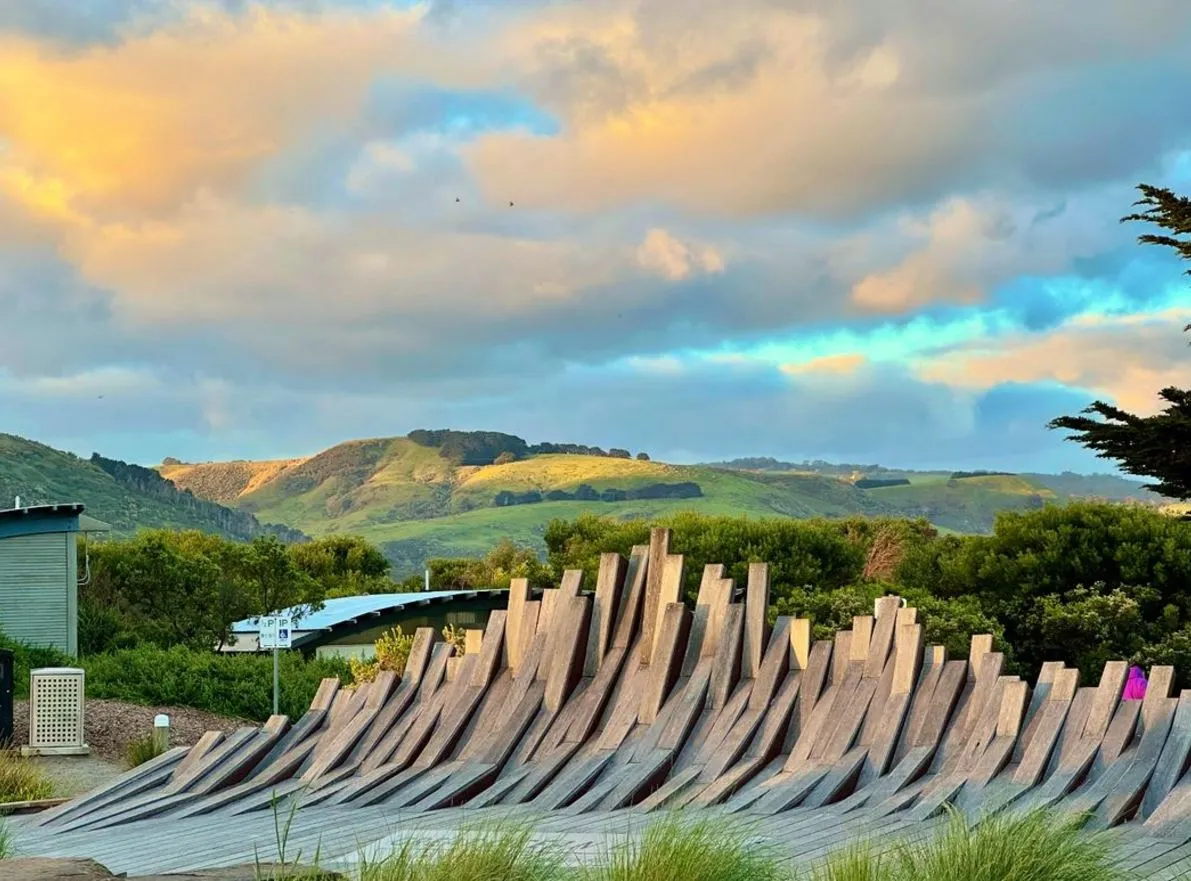The Great Ocean Road is one of the most famous road trips in Australia, along the Victorian coastline. This drive has stunning views of the Southern Ocean, cliffs, rainforest, seaside towns and world famous landmarks. It’s famous for its coastal views, beaches and forests so it’s a must do for nature lovers and adventure seekers. But the question is: which way do you go on the Great Ocean Road?
The Great Ocean Road is a beautiful piece of road that can be driven in two ways: east to west or west to east. Each way is different, and the direction you choose will impact your Melbourne tour. In this guide, we’ll go over the pros of each direction, give you tips, and help you decide which way to make the trip.
East to West: Starting from Melbourne
For many, the Great Ocean Road journey starts in Melbourne and heads west to Geelong and then along the coast. This direction is popular with tourists and has many advantages especially for first timers who want to see the main sights in order.
East to West Benefits

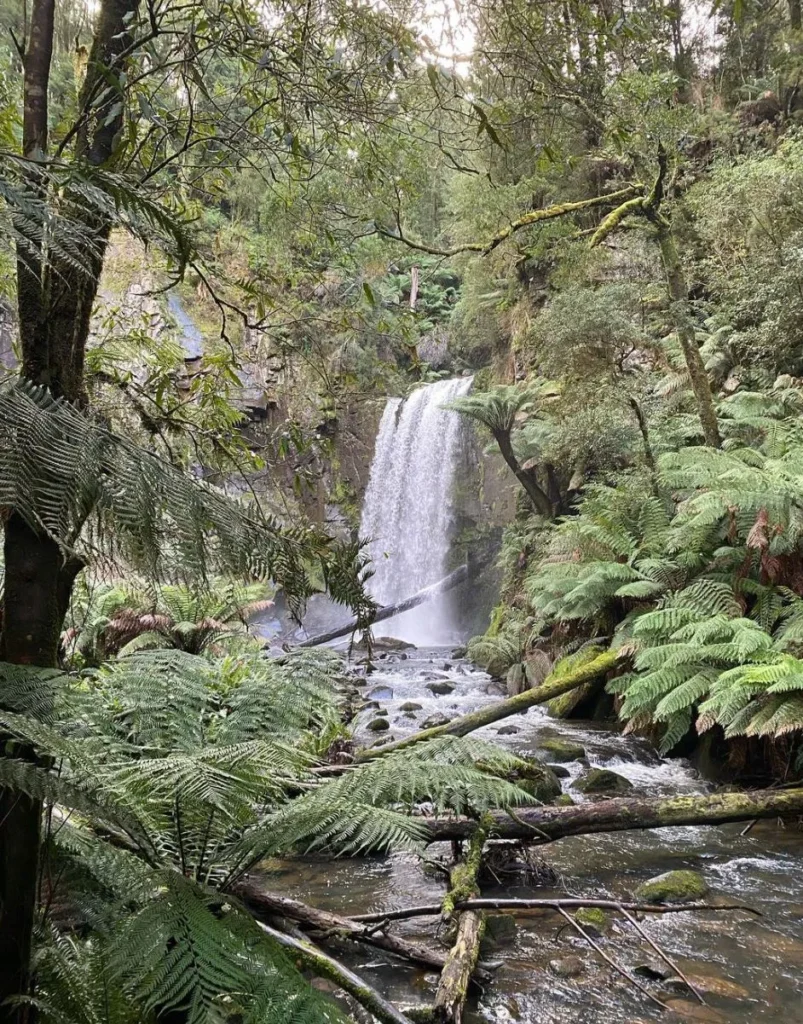
- Iconic Stops and Major Attractions: From Melbourne, you’ll get to visit several seaside towns, including Torquay, Anglesea and Lorne. As you drive further along the coastal road, you’ll see the famous Twelve Apostles, Loch Ard Gorge and the Shipwreck Coast. Along the way, you can take a helicopter flight for a bird’s eye view of the limestone cliffs and coastal views that make the road so famous.
- Scenic Views and Lookouts: Another benefit of this direction is the many lookouts you’ll get to see along the way. As you head west, you’ll pass numerous viewing platforms where you can stop and take in the dramatic cliffs, sandy beaches and coastal views.
- Sunsets Over the Ocean: Going east to west means you get to see the sunset along the coast. As the sun sets behind the cliffs you can take in 360 degree ocean views, perfect for photography and memories to last a lifetime.
- Popular Stops and Attractions: This direction allows you to visit:
- Great Otway National Park: Walk through lush rainforests with ferns and ancient trees. The park also has popular waterfalls such as Beauchamp Falls and Hopetoun Falls, which can be accessed by short coastal walks or a 5-minute walk from the main road.
- Twelve Apostles: One of the famous sights along the Great Ocean Road, the Twelve Apostles are an iconic view of limestone stacks rising out of the Southern Ocean. Best viewed from the visitor centre where you can take in the views and explore the area.
- Apollo Bay: Stop and take a break in this beachy town and have lunch at one of its many cafes. Enjoy the laid-back vibe of this popular coastal town before heading further along the coast.
- Relax and Unwind: Starting in Melbourne means you get to spend the first part of your journey in a major town where you can enjoy city amenities like good cafes, restaurants and fuel. As you head along the coast, you’ll soon find yourself in a peaceful rhythm, stopping in smaller towns to visit surf spots, eat scallop pies or fuel up before continuing on.
East to West Stops
- Lorne: A great place to stop, with beaches and views. If you’re a beach person, take some time to sit on the beach or do a 5-minute walk up to a lookout for stunning views of the coast.
- Kennett River: A great spot to see native wildlife, especially koalas. It is a peaceful spot surrounded by greenery and coastal charm.
- Twelve Apostles: Don’t miss this one. One of the best views on the road, especially at sunset when the light hits the limestone cliffs.
West to East: Starting from the Twelve Apostles
Starting from the West gives you a different experience. You’ll be heading into the heart of the coastline’s natural beauty.
West-to-East Benefits
- Fewer Crowds: Since most people travel the other way, starting from the Twelve Apostles means fewer people. The main stops along the coast are quieter, and you’ll have more time to take it all in without feeling rushed or crowded.
- Morning Light for Photography: If you’re a photographer, west to east is the way to go for morning light. This drive gives you the soft, golden light to capture the rugged coast and cliffs. You can get shots of sandy beaches, limestone cliffs and waterfalls.
- Best Coastal Views: Going east means you get to see more of the coastal road and more opportunities to stop at lookouts to take in the views of the ocean. The Eastern View is one of the best viewpoints along the coast and gives you a bird’s eye view of the road below.
- Less Stress for City Life: By ending your trip in Melbourne, you’ll be in the city as you finish your road trip. If you want to unwind and explore the urban culture of the main town, driving west to east means you can finish your trip with a relaxing return to the city.
West to East Stops
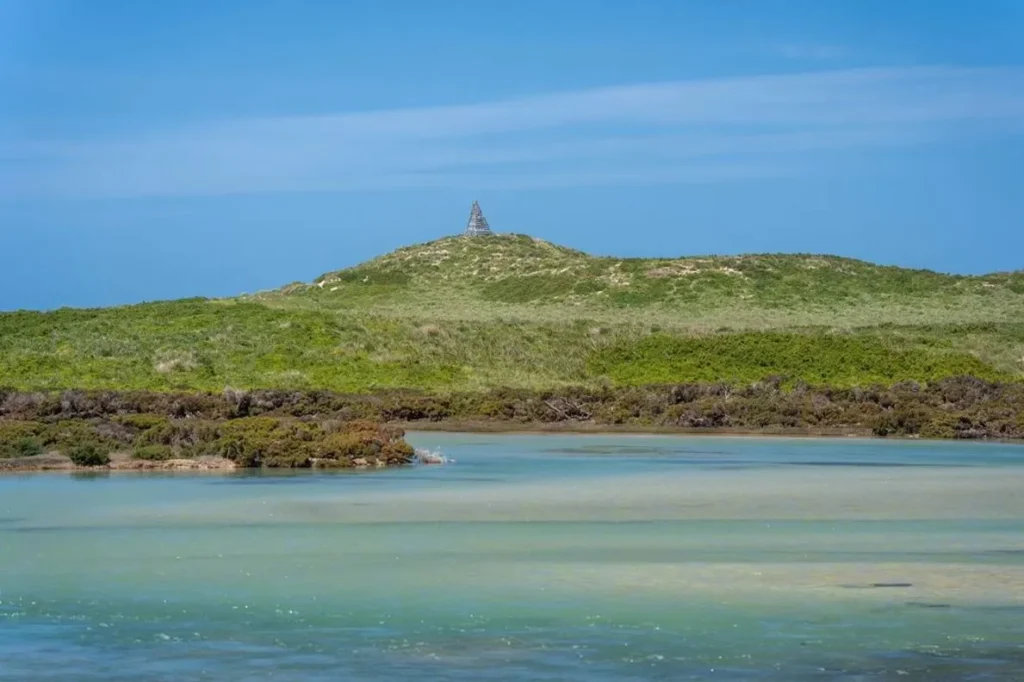
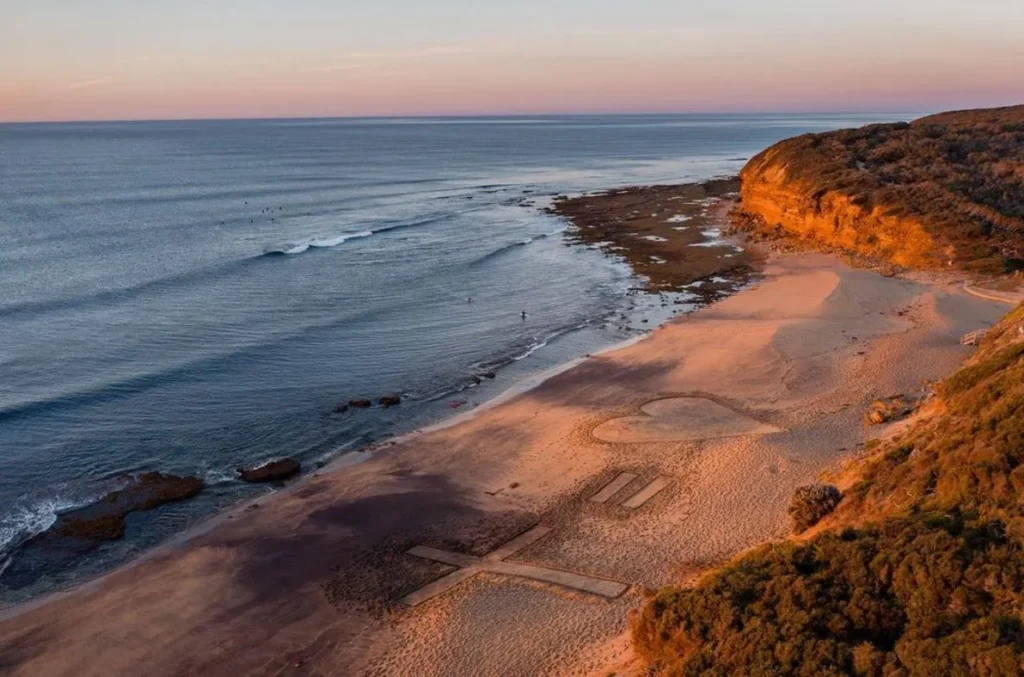
- Port Fairy: A charming seaside town with historic buildings and coastal views. Grab lunch or take a walk along the beach.
- Anglesea: Surf town, this major town is a beach lover’s paradise. Whether you’re a pro or a beginner there are surf schools along the coast that offer lessons for all levels.
- Torquay: The surf capital of Australia, Torquay is home to the famous Bells Beach. Whether you’re a surfer or just a beach fan, this town is a must-see. You can even take a helicopter ride to get a bird’s eye view of the coastline and famous surf beach.
Both Ways: The Ultimate Experience
For the full experience, do a multi-day trip and do both ways. Start in Melbourne, head to the Twelve Apostles and then loop back to see the sights you missed. You’ll get to see the best of both worlds: national parks, coastal walks, scenic viewing platforms and more.
Tips for your Great Ocean Road Trip
- Plan for Fuel and Food: Make sure to stop at fuel stations and service stations along the way. Some sections of the road are remote, and you don’t want to run out of fuel or food, especially during winter or cooler months when businesses may have shorter hours.
- Time it Right: Whether you’re doing a day trip or several days along the road, plan your stops well. Some attractions like the Twelve Apostles are best visited early morning or late afternoon to avoid the crowds.
- Pack it In: The weather can change quickly along the coast, especially in the cooler months, so pack layers, a jacket and waterproof gear if you’re doing coastal walks through rainforest or visiting popular waterfalls.
FAQ
How long does it take to drive the Great Ocean Road?
You can go to Great Ocean Road in one long day (about 12 hours), but we recommend 2-3 days to see the beaches, surf spots, lookouts, and wildlife.
What are the best stops on the Great Ocean Road?
Top stops are Twelve Apostles, Loch Ard Gorge, Great Otway National Park, Bells Beach and Apollo Bay. Make sure to stop at the viewing platforms for the best coastal views.
Can I go to Great Ocean Road in winter?
Yes, the Great Ocean Road is open year-round. In fact winter is a great time to do the road trip if you prefer fewer crowds.
Should I hire a car or use public transport?
For the full experience, hire a car or join a guided Melbourne Great Ocean Road tour as you have the flexibility to visit coastal towns, do coastal walks and visit remote spots that public transport can’t reach.
What to bring?
Comfortable shoes, camera, sunscreen and layers if you’re visiting waterfalls or natural arches.
